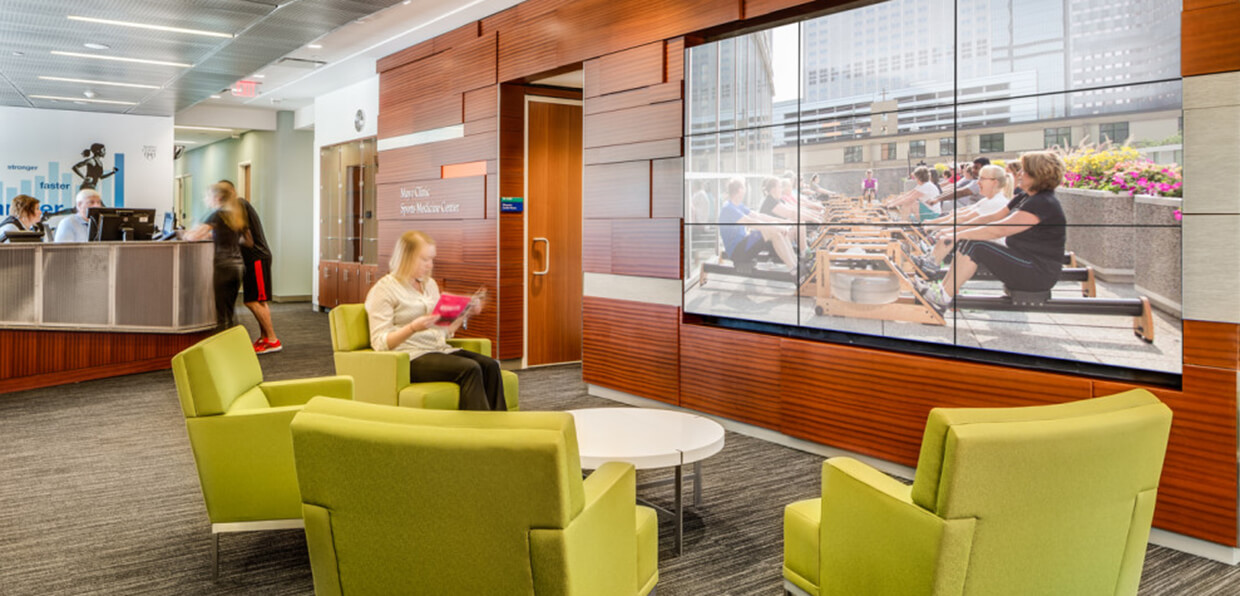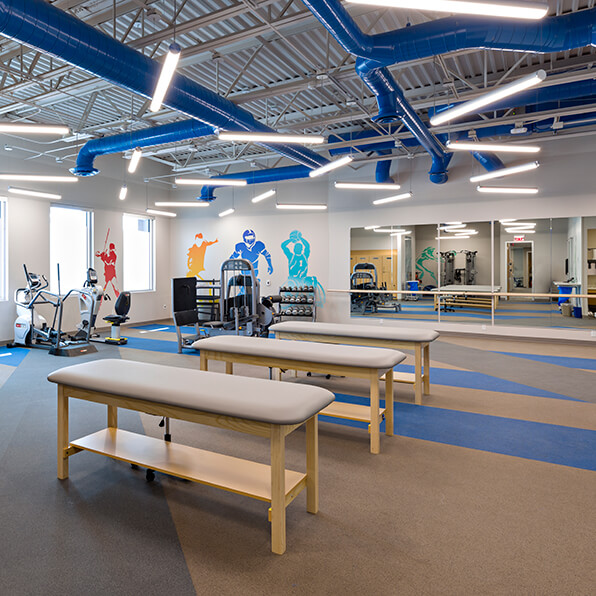The initial treatment for quadriceps and patellar tendinopathy involves relative rest by decreasing the frequency of activity or avoiding the activities that put stress on the tendons such as running and jumping. Cross training activities that involve lower loads on the tendon such as cycling or swimming can typically be performed in order to maintain cardiovascular fitness while avoiding or decreasing the frequency of the activities that cause pain.
Physical therapy is a very important component in the treatment of patellar and quadriceps tendinopathy. Performing specific strengthening exercises, such as eccentric exercises or heavy slow resistance training that is designed to gradually increase the load through the quadriceps and patellar tendons over time, allows the tendons to become stronger. This allows the tendons to better handle the high stresses placed on them with activities such as running and jumping. Stretching exercises can also be beneficial if there are tight muscles in the thigh. In addition, improving running technique and landing technique when jumping can be beneficial.
If pain and dysfunction persist despite relative rest and physical therapy, other treatment options can be considered. These include extracorporeal shock wave therapy, which uses sound waves to stimulate healing. Regenerative medicine procedures such as a platelet-rich plasma (PRP) injection performed into the area of damage within the patellar or quadriceps tendon can stimulate the body’s natural healing process. A percutaneous ultrasonic tendon debridement can be performed. This is a minimally invasive procedure that involves using ultrasonic energy to break down and remove the damaged tissue within the tendon. Nonoperative treatment is successful in most patients with patellar and quadriceps tendinopathy, but open or arthroscopic surgery may be considered for patients with persistent pain and dysfunction.


